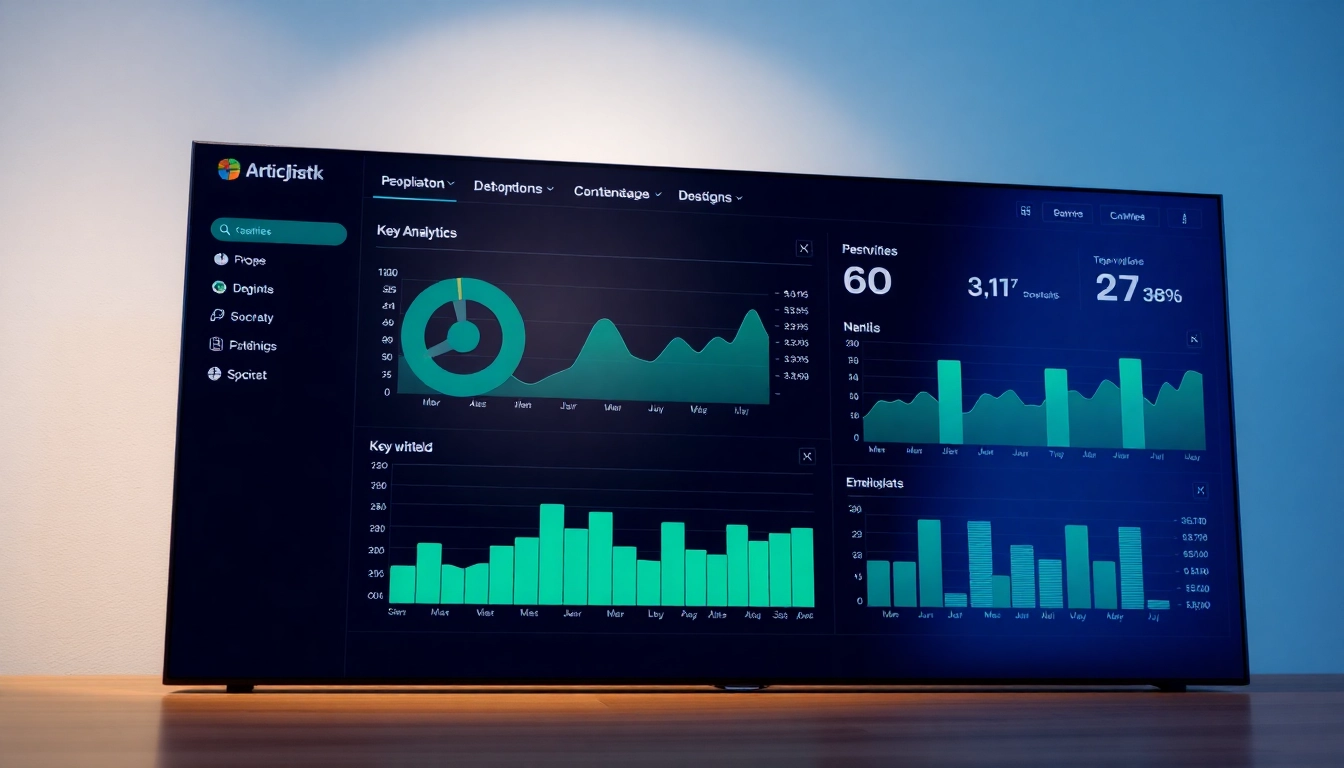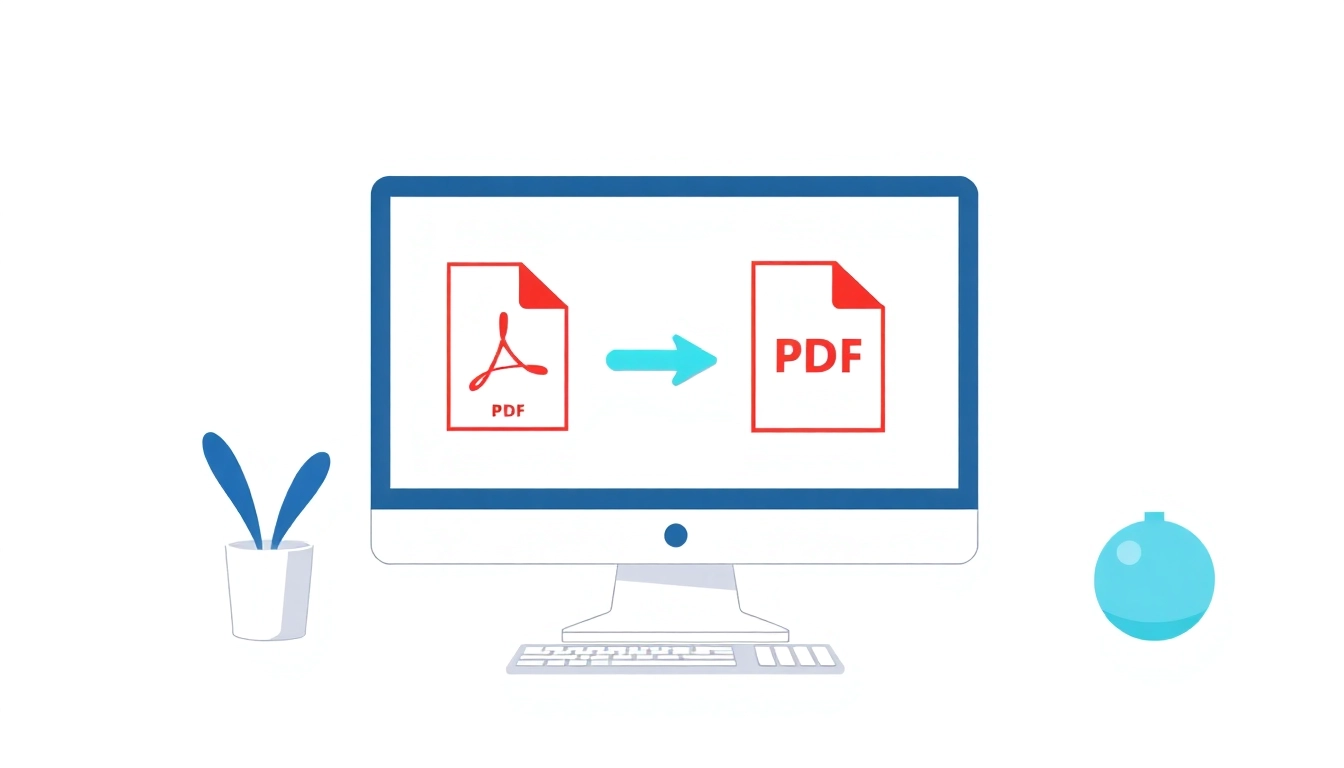Understanding Data Analytics
What is Data Analytics?
Data analytics refers to the systematic computational analysis of data sets. It involves various techniques to understand, assess, and derive insights from information to facilitate better decision-making. By employing statistical analysis, predictive modeling, and machine-learning techniques, businesses can uncover trends and patterns within their data, enabling them to enhance processes and customer satisfaction.
Importance of Analytics in Business
In today’s data-driven world, analytics plays a crucial role in business strategy. Companies that harness the power of data can significantly improve their operational efficiency and customer engagement. From predicting market trends to tailoring marketing strategies, analytics empowers organizations to make informed decisions. This adaptability can lead to enhanced competitiveness in increasingly saturated markets.
Common Challenges in Data Interpretation
While data analytics offers substantial benefits, it is not without its challenges. Organizations often struggle with data quality, integration across different systems, and a shortage of qualified personnel to interpret complex datasets. Furthermore, biases in data collection can lead to misleading interpretations if not addressed appropriately. Recognizing these hurdles is essential for any organization aiming to implement an effective data strategy.
Key Data Analytics Techniques
Descriptive vs. Predictive Analytics
Descriptive analytics focuses on summarizing historical data to understand what has happened in the past. This includes methods like data mining and reporting. In contrast, predictive analytics uses statistical models and machine learning techniques to forecast future probabilities and trends. Understanding the difference is important for businesses as each type of analysis answers different questions and fulfills distinct objectives.
Data Mining Essentials
Data mining involves exploring and analyzing large datasets to discover patterns and relationships that could inform business decisions. Techniques such as clustering, classification, and regression analysis are commonly applied. This field not only helps in enhancing customer relationship management strategies but also in risk management and fraud detection.
Effective Visualization Methods
Data visualization is the graphical representation of information and data. By using visual elements like charts, graphs, and maps, complex data sets become more understandable, allowing for quicker insights. Effective visualization techniques facilitate core message delivery and enhance decision-making processes. Tools such as Tableau and Microsoft Power BI are pivotal in creating these visual representations.
Implementing Analytics in Your Business
Steps to Develop an Analytics Strategy
Creating a robust analytics strategy involves several steps:
- Define Objectives: Identify specific business goals that analytics can address.
- Data Collection: Ensure the collection of relevant and quality data.
- Data Analysis: Determine the methods and tools for analyzing the collected data.
- Implementation: Apply the derived insights to inform decision-making effectively.
- Review & Adjust: Continuously evaluate the strategy based on performance metrics.
Selecting the Right Tools
Choosing appropriate analytical tools is critical for the success of any data initiative. Factors to consider include ease of use, scalability, and integration with existing systems. Popular tools such as Google Analytics, SAS, and R can aid in the effective analysis and visualization of data.
Building a Data-Driven Culture
For analytics to be effective, organizations need to cultivate a data-driven culture. This involves training staff in data literacy, encouraging data-driven decision-making, and making data accessible to employees at all levels. A culture that values data will help ensure that insights are acted upon and integrated into day-to-day operations.
Measuring Success in Data Initiatives
Key Performance Indicators (KPIs)
To evaluate the success of data initiatives, organizations should implement Key Performance Indicators (KPIs). These measurable values help in determining how effectively a company is achieving its business objectives. Examples of KPIs relevant to data analytics include customer acquisition costs, customer lifetime value, and conversion rates.
Evaluating ROI from Analytics
Assessing the Return on Investment (ROI) of analytics initiatives is vital for justifying expenditures and securing future investment. Organizations can calculate ROI by comparing the financial benefits of analytics against the costs incurred in implementing the analytics strategy. It’s important to provide evidence of how insights from analytics have generated revenue or reduced costs.
Continuous Improvement Techniques
Data analytics should not be a one-time effort but rather a continuous process. Techniques such as A/B testing, feedback loops, and regular updates to analytical models will help organizations refine their practices over time. Continuous improvement ensures that businesses adapt to changing market conditions and consumer behaviors effectively.
Future Trends in Data Analytics
Emerging Technologies Influencing Analytics
Technology is rapidly evolving, and several emerging trends are altering the landscape of data analytics. Artificial Intelligence (AI) and Machine Learning (ML) are increasingly being integrated into analytics processes, enabling more sophisticated data processing and predictive capabilities. Additionally, real-time analytics and cloud-based data storage solutions are set to become more prevalent, facilitating faster insights and cooperation across organizations.
Privacy and Ethical Considerations
The growing dependence on data analytics raises important privacy and ethical concerns. Organizations must navigate legislation like GDPR, ensuring that data collection and utilization comply with legal requirements while respecting user privacy. Establishing an ethical framework for data use will help foster trust with customers and stakeholders alike.
Preparing for a Data-Driven Future
As we look to the future, businesses must prepare for an increasingly data-driven landscape. This involves investing in technology, enhancing workforce data skills, and establishing data governance frameworks that promote accuracy and ethical data use. Adopting a forward-thinking approach will help organizations capitalize on the opportunities that data can provide.



